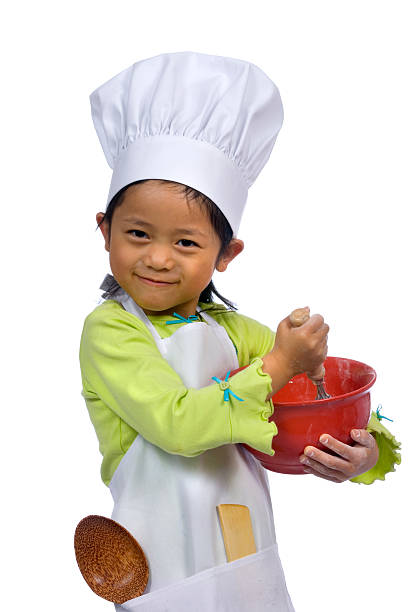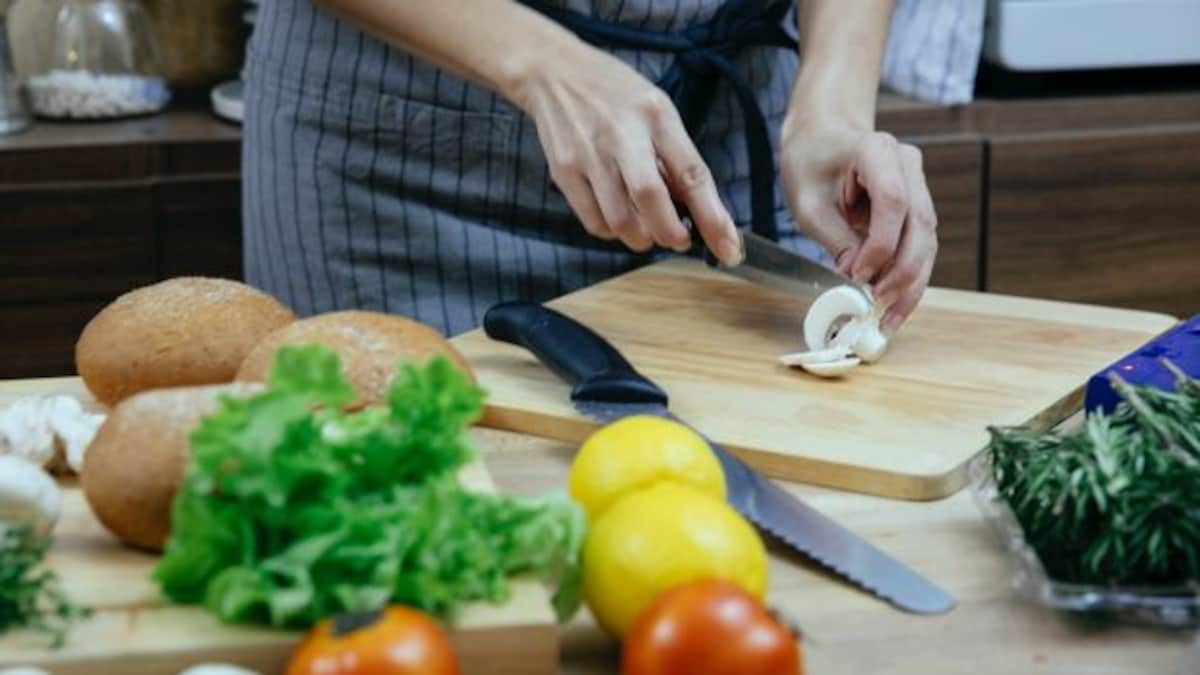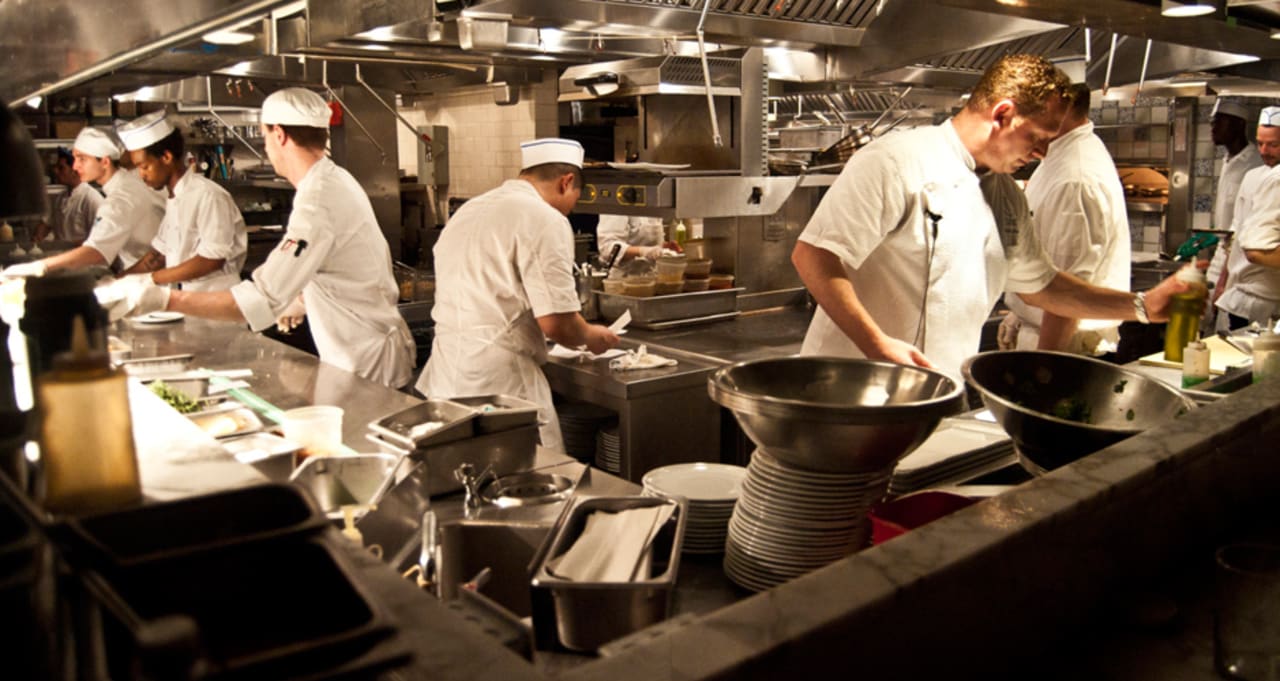
A simple but effective cooking skills checklist should be available for your children. These skills cover everything from creating creative recipes to making sure the kitchen is safe. These skills are vital for your child's development. Here are some tips. Here's a sample list:
Here are some essential culinary skills
To be a chef, you must have a solid understanding of how to prepare good food. These skills include determining the freshness of ingredients, preparing meats, fruits, vegetables, and converting standard recipes into larger batches. The chef should be able to manage time and have a keen sense for smell and taste. He or she must also be able and competent to handle knives, food equipment, and other tools.
Sauteing can be used to cook a wide variety of foods. The best way to enjoy sauteed vegetables is with garlic butter. Braising is the oldest of cooking methods and usually involves boiling on an open fire. While it's a basic skill, it can still be very useful. You can learn how to boil a meal and become a great cook. You should also know how to use a knife, and safety tips.
Developing creative recipes
Creative recipes are essential to your success when cooking a meal. Not only do they showcase your creativity, they also showcase your skills. Creative thinking, also known by divergent thinking allows you to think out of the box to develop new ideas. This is a crucial skill in a cooking career as it allows for you to experiment with different cooking techniques and flavours and impress your customers. Your employer will be impressed by your creativity and willingness to try new flavours. You can experiment with different flavors and come up creative themes for your meals. Try brainstorming and researching cooking methods to improve your creativity.

Another problem with defining cooking skills is that they are not consistent. Although they aren't sure which one is more crucial, they agree that the skill definition needs to be updated. The definition of a skill should evolve from the perceived Golden Age, when basic cooking skills were more advanced than a person's ability. To create an increasingly healthy and vibrant future for food, we must support the evolution of these skills and their use.
In a kitchen, create a safe space
Developing a safe environment in a commercial kitchen is imperative for the health of your staff. A commercial kitchen can pose a danger to your staff because of the presence of bacteria and electrical equipment. First, you need to make a plan for your kitchen's cleanliness. Second, ensure that safety equipment is in place. You should also ensure that your children are always supervised when you're in the kitchen. Properly training employees and implementing a safety plan can go a long way to preventing accidents.
Fire-resistance and fire-safety training are vital for all kitchen staff. Training in fire-safety is offered by local fire departments. Kitchen staff should know where fire blankets and fire extinguishers are, how to operate them, and how to manually initiate the fire-suppression system. Employees should be trained in CPR, first aid and other skills as necessary. Kitchens should always have non-slip flooring.
Identification of food safety hazards
Your safety program should include identifying food safety hazards, regardless of whether you're cooking for your family or catering for special occasions. Food safety starts with identifying potential hazards. It can prevent product recalls and food poisoning outbreaks. Failing to identify potential hazards can lead to brand damage and regulatory action. Codex HACCP compliance is crucial for food businesses, and identifying hazards is a fundamental requirement.

There are many physical dangers that could cause injury to humans. They can either be natural or manufactured and can also come from packaging or individuals. Different physical hazards can cause injury or disease differently. These hazards don't have to be necessarily dangerous. They just need to be eliminated. To identify potential hazards, identify the source of the risk and determine how to minimize it. You can also observe the product to identify the source of the danger.
FAQ
How long does it take for you to learn to cook? How much time do I need?
It depends on your level of skill. Some people can pick up basic cooking techniques within a day or two. Others may take several months or longer to feel competent enough to teach themselves how they cook.
The amount of time needed to learn to cook varies considerably based on the person. A person who has never cooked before will likely need more time to learn than someone who is a regular cook. You may also need more experience with certain types of cooking than others. For instance, baking requires more knowledge than frying.
You should learn a particular technique to improve your cooking speed. Once you have perfected that technique, you can move on. Do not worry about how long it takes you to learn how to cook. Just keep practicing and enjoy the process.
What skills do I need to get into culinary school?
To be a chef you need to be able and able to cook well. Cooking classes can be taken at high schools and community colleges to learn the basics of cooking. Once you've learned basic techniques, you'll need to find a job working for a restaurant or catering company.
How can I get hired to be a chef?
The first step toward getting a job as a chef is to complete a culinary arts degree. Next, you should join a professional association such as the American Culinary Federation (ACF). This organization offers certification exams, as well networking opportunities.
What are the qualifications to be a chef?
A bachelor's degree in culinary art is necessary to become a professional chef. In addition, you need to pass a series of tests administered by the ACF. You will be issued a certificate once you meet all the requirements.
What are the benefits of using a slow cooker?
Slow Cookers are very useful because they allow you to prepare delicious meals without wasting time. Slow Cooker Recipes are often healthier than traditional recipes because they require less oil and fat. Because they cook for you while you sleep, slow cooker recipes can be convenient.
Statistics
- The median pay for a chef or head cook is $53,380 per year or $25.66/hour, according to the U.S. Bureau of Labor Statistics (BLS). (learnhowtobecome.org)
- You'll be amazed that over 90% of CIA students receive scholarships and grants to finish their culinary studies. (ischoolconnect.com)
- On average, chefs earn $58,740 a year, according to the BLS. - learnhowtobecome.org
External Links
How To
How to make a perfect Omelette
Omelets are my favorite breakfast dish. But how do they turn out so perfectly? I've tried many recipes and different methods but none have worked. So I am sharing some tips and tricks today to help you make fluffy, delicious omelets every morning.
We should first know that eggs are very temperamental ingredients when making omelets. It is important that eggs are fresh from an organic market and kept cool until used. If they are not kept cold enough, the whites won’t form properly. The yolks will also break down too quickly and become runny. This will make your omelets appear strangely colored. If you intend to cook your eggs immediately, it's best to use room-temperature egg.
Another tip is to separate your egg before adding it into the pan. The yolk and white should not be mixed together as this can cause the omelet's curdle.
The bottom part of an egg that is added directly to the stovetop might be burned, which could cause a ruined texture in your omelet. Instead, heat the egg in a microwave for 10 seconds and then place it in a pan. The microwave heat is sufficient to cook the egg without overcooking.
Next, let's discuss mixing the eggs. Mixing eggs together is important. You need to beat them well. Turn the bowl upside down and grab the whisk to do this. Now shake the bowl vigorously. This will whip the air around the bowl and mix the egg well.
Now comes the fun part - pouring the milk into the mixture. Mix half of the milk with the eggs. Then fold the eggs in half into the remaining milk. Do not worry if you see streaks of egg; they will disappear when the omelet is flipped.
After folding the eggs fold the pan onto medium heat. When the oil starts to hot, wait for the pan to cook. Add 1/4 cup butter to the oil and swirl it around to coat all sides of the pan. Carefully open the pan's lid and add salt to the pan. A pinch of salt will prevent your omelet from sticking in the pan.
Once the omelet has formed, cover the pan again and wait for the top side to set completely. Use a spatula to flip the omelet or turn the pan upside-down. Cook the other side for another minute or two. Take out the omelet and place it in a bowl.
This recipe works best using whole milk. Skimmed milk is also possible.